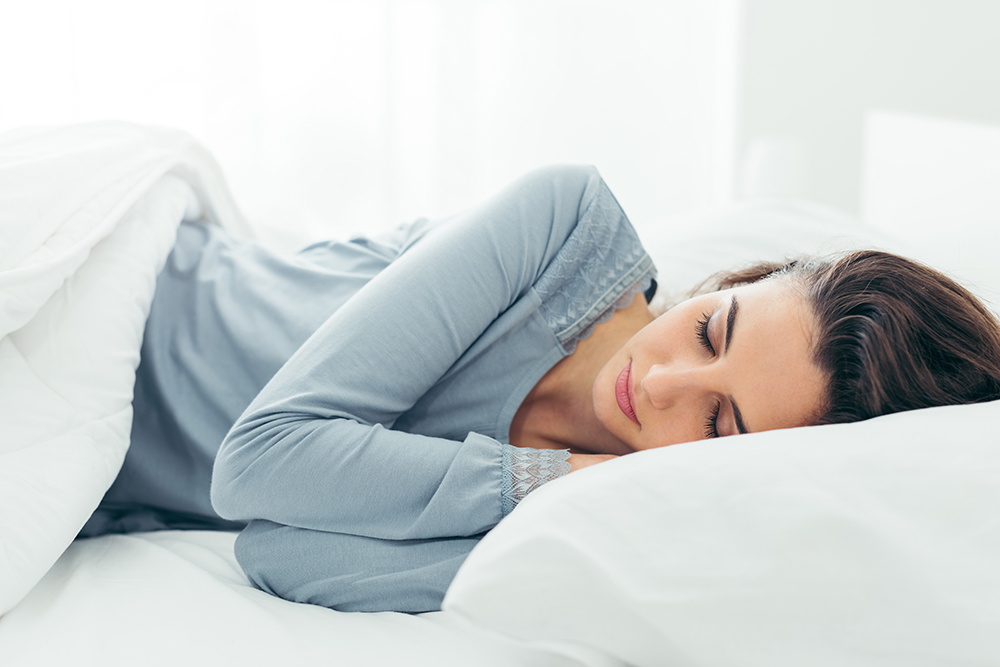We spend roughly one-third of our lives sleeping. Research reveals that sleep is a critical period of our body’s recovery, supporting cardiovascular, neurologic, and other life functions. Sleep is a basic human need and researchers are showing changing attitudes toward sleep behaviors.

Should physical therapists be involved in the promotion of sleep? When I initially evaluate a patient, one of the essential questions that I ask is “Is your pain or your dizziness affecting your ability to sleep?” It’s evident to me after many years of practice that if my patients aren’t sleeping well or if their sleep is interrupted by pain or dizziness, then their healing, their attitude, and their ability to cognitively function will be negatively affected at work and even at therapy. Patients may also have difficulty remembering what I taught them through their exercises if they are not sleeping well.
Recent research agrees with what most therapists know well: that sleep plays an important role in the proper functioning of most body systems. It’s critical for immune system function, tissue healing, pain modulation, cardiovascular health, cognitive function, learning, and memory. When people do not sleep well they can experience the increased perception of pain which leads to reduced function and quality of life. Poor sleep can also be associated with increased depression and anxiety as well as reduced cognitive processing, which in turn is associated with an increased risk of fall or injury.

Patients with sleep disturbances report increased sensitivity to pain. There is a well documented reciprocal relationship between sleep quality and pain perception: less sleep increases the perception of pain intensity while improving sleep should reduce pain perception. This is why PTs address proper sleep positioning while educating their patients. For example, a person with low back pain should sleep on their side with a pillow between their knees, without curling their spine into a “C” position. The spine should be maintained in a neutral or straight position. If patients have trouble with moving around in bed because of pain, it can add to sleep disruption. A physical therapist can teach patients how to log roll and sit up from side-lying so they do not twist their spine and cause pain.
Restless leg syndrome is another common malady of sleep. It is characterized by an overwhelming urge to move the legs while sleeping. Stretching of the calves, quadriceps, and hamstrings before you go to bed can be helpful in reducing this irritation.
Seventy-five percent of people with depression experience insomnia. Sleep disturbances are thought to contribute to depression and anxiety through several mechanisms including alterations in the regulation of neurotransmitter activity necessary during various stages of sleep. In these cases, medications can aid in the proper regulation.

Leave a Reply